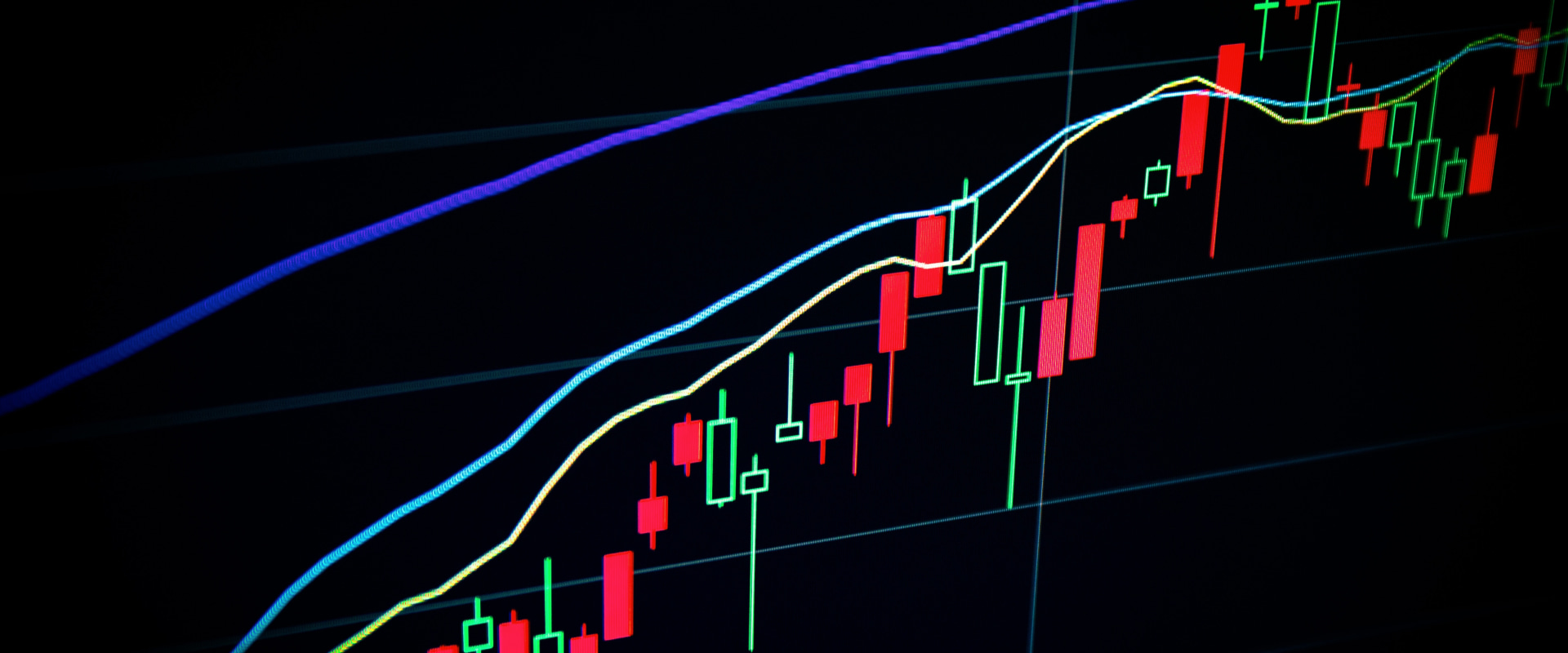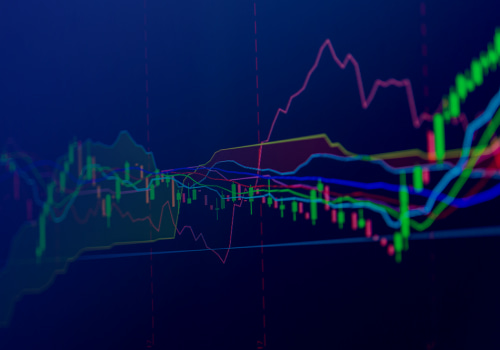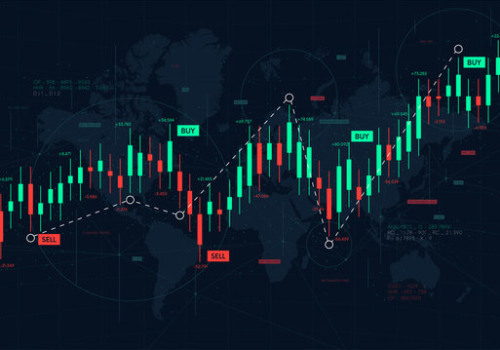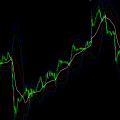Forex trading has become one of the most popular investment activities in recent years, and with the rise of technology, many traders are now looking to automated systems to help them gain an edge in the markets. One of the most popular types of automated trading systems is the mean-reversion system, which seeks to capitalize on short-term price movements in the market. In this article, we'll explore what a mean-reversion system is, how it works, and how you can incorporate it into your own trading strategy. The basic idea of mean-reversion is that when prices deviate from their long-term average, they will eventually revert back to that average. This is based on the theory that markets tend to move in a cyclical fashion, rather than always trending in one direction or another.
As such, traders can use mean-reversion systems to help identify when prices have deviated too far from their average and are due for a correction. Mean-reversion systems can be used in a variety of ways. For example, a trader might use a mean-reversion system to identify areas where prices have deviated too far from their average and then look for entry points to capitalize on the expected price correction. Alternatively, traders might also use mean-reversion systems to identify when prices are likely to break out of their current range and enter into a new trend. There are a variety of different methods that traders can use to identify mean-reversion opportunities. Some of the most common methods include using moving averages or Bollinger Bands, tracking volume data, or using oscillators such as the Relative Strength Index (RSI).
Each of these methods has its own strengths and weaknesses, so it is important for traders to consider which approach would best fit their individual trading style and risk tolerance. It is also important for traders to understand the risk associated with mean-reversion systems. While these systems can be profitable when used correctly, they can also be dangerous if not used properly. As with all types of trading strategies, it is important for traders to have a solid understanding of the risks involved before entering into any trades.
The Benefits of Mean-Reversion Systems
Mean-reversion systems can be highly beneficial for Forex traders, as they allow traders to identify when prices have deviated too far from their long-term average. This can give traders an edge in the market by allowing them to capitalize on potential price corrections before they happen.Moreover, mean-reversion systems can also be used to identify when prices are likely to break out of their current range and enter into a new trend. This can provide traders with an opportunity to capitalize on potentially profitable trades. Overall, mean-reversion systems can be used as an effective tool in Forex trading, as they provide traders with the ability to identify areas where prices are due for a correction and areas where prices may be entering a new trend.
The Drawbacks of Mean-Reversion Systems
While mean-reversion systems can be profitable when used correctly, they can also be dangerous if not used properly.As with all types of trading strategies, it is important for traders to have a solid understanding of the risks involved before entering into any trades. Additionally, mean-reversion systems can sometimes be subject to false signals which may lead traders to make incorrect assumptions about future price movements. False signals occur when the system identifies a price that is deviating from its long-term average, but in reality, the price is simply following a normal trend. In these cases, traders may enter into a trade that is unlikely to be profitable.
In addition, mean-reversion systems can also be susceptible to market noise. Market noise refers to small, short-term fluctuations in prices that are often driven by random factors and do not reflect long-term trends or fundamental factors. As such, mean-reversion systems may generate false signals due to the influence of market noise. Finally, mean-reversion systems are only applicable when markets are in a state of equilibrium.
If markets become highly volatile or chaotic, mean-reversion systems may no longer be effective and traders should consider other strategies. In conclusion, mean-reversion systems can be a powerful tool for traders who are looking for an edge in the market. However, it is important to be aware of the risks associated with these systems and to understand how to use them correctly to maximize potential profits and minimize potential losses. By gaining a better understanding of the benefits and drawbacks of mean-reversion systems, traders can make informed decisions about whether this type of system is right for them.












Leave Reply